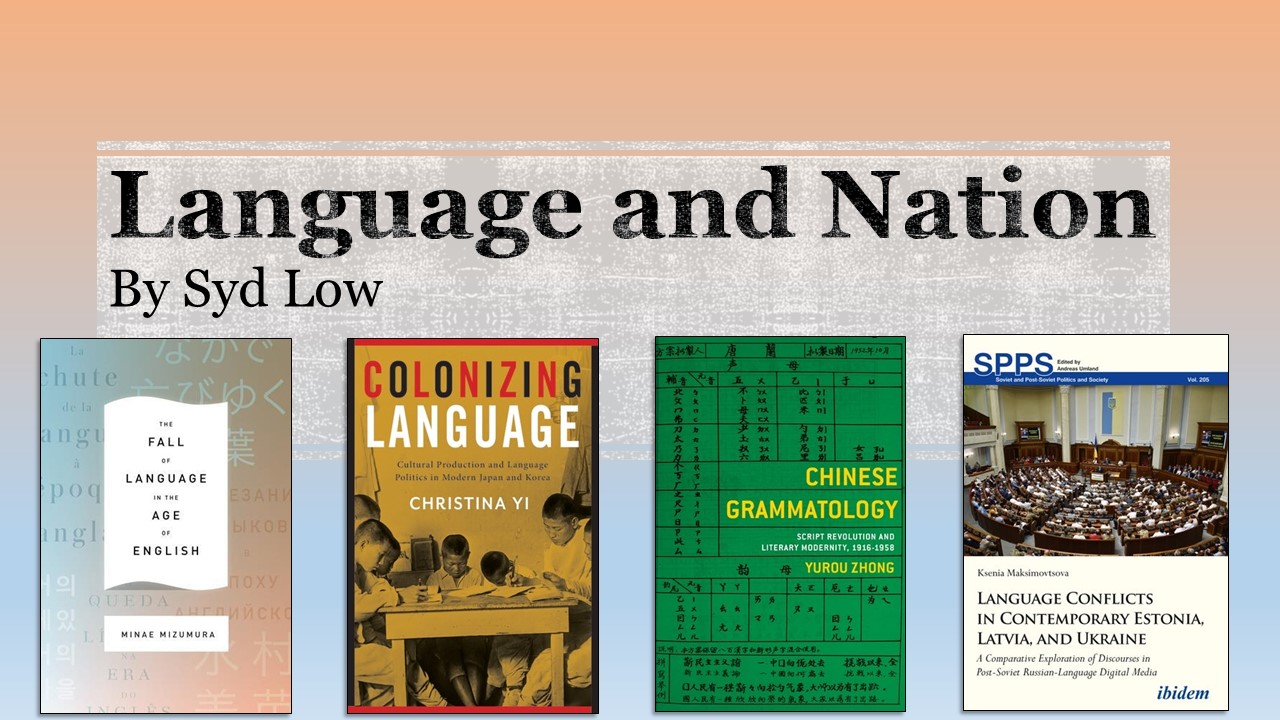Living Ink in Pacific and United States Tattoo: A Posting from Juniper Ellis
 (Note this was cross-posted on anthropology.net)
(Note this was cross-posted on anthropology.net)
Tattooing the World: Pacific Designs in Print and Skin is inspired first by sheer love of the designs and their meanings. What an amazing story it is to consider the way modern tattoo was imported from the South Pacific to the rest of the world. The 1830s castaway James O’Connell, for instance, received a full-body tattoo in Pohnpei, one of the Caroline Islands. In the Pacific the designs gave him a social standing place and made him recognizable as being fully human. But in New York, where he became the first man to display his tattoos professionally, women and children ran screaming from him in the streets. Ministers warned their flocks that viewing his tattoos would transfer the designs to any woman’s unborn child.
I was intrigued by the way the same patterns could mean such drastically different things. Whether in the Pacific or the United States, the patterns make visible the sacred and the profane, the social and the personal, the playful and the political. What other patterns inspire both reverence and traffic in human heads; both praise and brutal punishments against them (often, strangely, by the same missionaries who provide loving descriptions of the patterns); both suppression and rebellions?
Large numbers of nineteenth-century European aristocrats acquired tattoo, while at the same time early social scientists promised that the designs predicted criminality. A majority of the members of the U.S. Navy were tattooed, at the same time early psychiatrists declared that the patterns indicated sexual deviancy. Writers like Herman Melville (and anthropologists like Margaret Mead) offer lavish descriptions of tattoo, yet maintain a separation between the tattoo artist and their own skin. Meanwhile, in the Pacific the patterns continue to express people’s connection to genealogy, the land, and even the gods, making visible the deep energies of spirit and culture, and wielding such power that they became a key part of sovereignty movements from the nineteenth century to the present.
Today thirty-six percent of young people in the United States are tattooed, while in the Pacific this vital tradition is flourishing after prolonged colonial attempts to suppress it. My book tells the story of how Pacific tatau helped shape the modern practice of tattoo in the U.S. and Europe—and how we owe the English word tattoo to the Pacific original. To document the art’s meanings, the book gathers information on Pacific women’s tattooing (both recipients and artists) that has never been collected in one place. It presents translations from half a dozen Pacific languages to honor the practice in some of its deepest living contexts, and debuts material on tattoo rebellions that has never been discussed in English. It includes discussions of the practice by contemporary Māori and Pacific artists including Henriata Nicholas, Gordon Toi Hatfield, Ni Powell, Keoni Nunes, and Petelo Sulu`ape, and offers twenty-five tattoo images. Always my inspiration has been the artists who create, and the people who wear, the designs. They show that tattoo helps make visible what it means to be human.
Read an excerpt from Tattooing the World.
Read an interview with Juniper Ellis.





